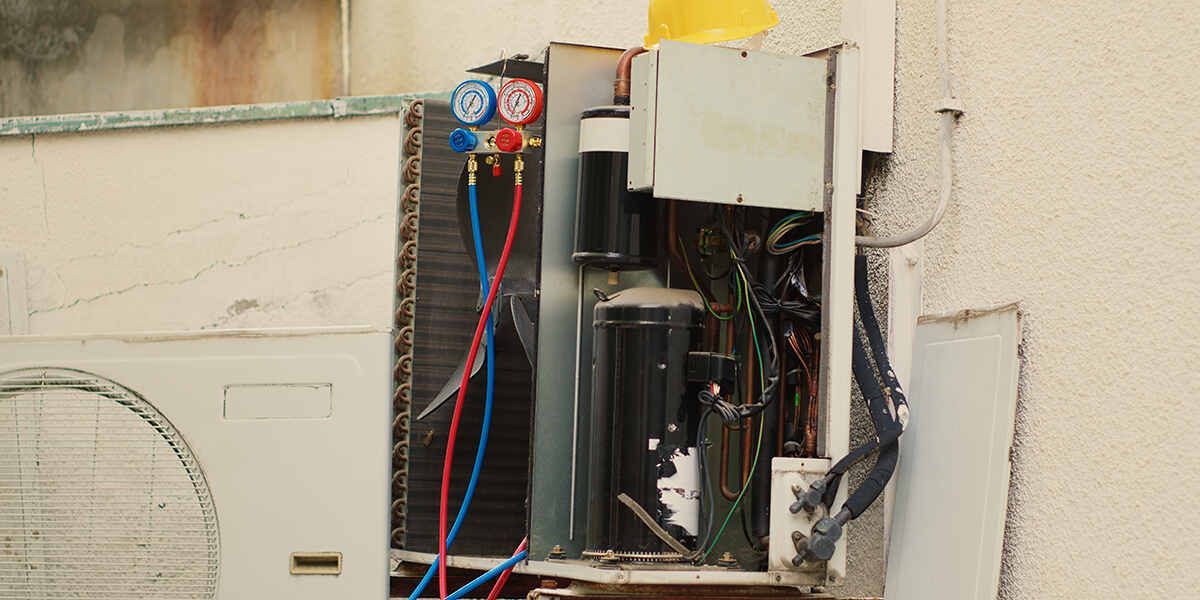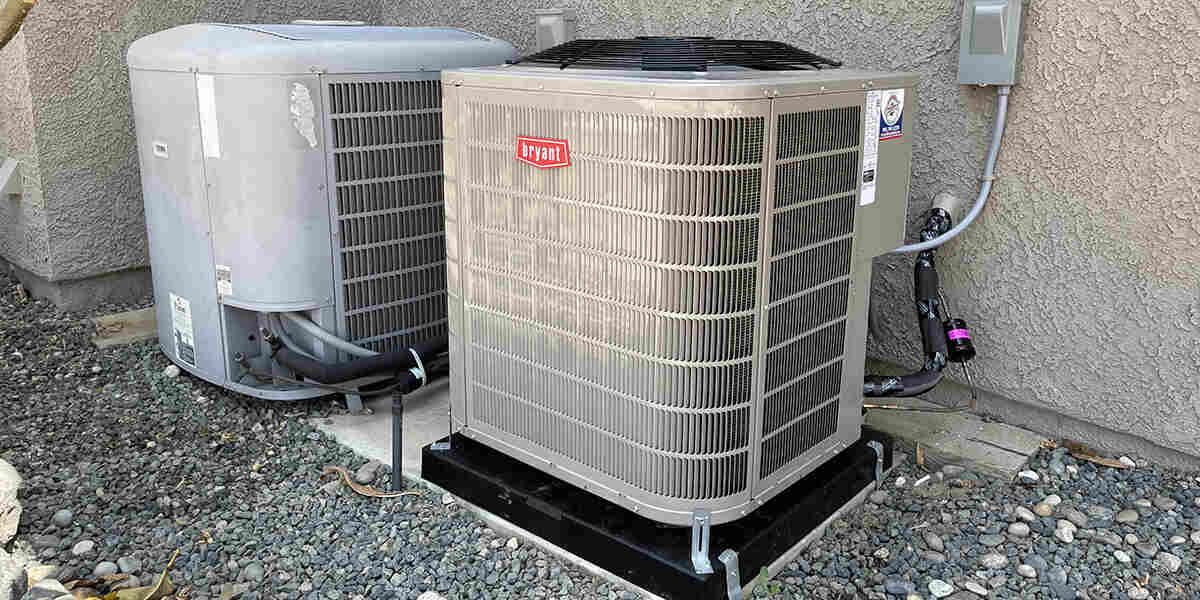Where Should a Thermostat Be Placed in My Home?
Placing a thermostat in your home is an important decision that affects heating and cooling efficiency. You want to ensure that your heater or air conditioner runs only when necessary. But, where should a thermostat be placed in your home?
We’ll look at several great locations for thermostats and some less ideal places to put them. If you have any questions we don’t cover here, please call us at (951) 336-1718. We are your reliable Riverside air conditioning company.
Ideal Thermostat Locations
The location of your thermostat determines the temperature readings it receives. Many areas in your home are ideal for thermostats because they give the most accurate measure of the temperature in your home. Here are some of those locations.
Common Rooms
Living rooms and rooms with the most activity are the best locations for thermostats. These spaces are where the family spends most of their time at home, so they should be the main focus of comfort in the house.
Interior vs. Exterior Walls
Interior walls have stable temperatures, are more centrally located, and accurately reflect the home’s temperature. Exterior walls get more direct sunlight than interior walls. They also have the most temperature fluctuations since they are more exposed to the elements.
Middle of the House
A room in the center of your home is a sweet spot for your thermostat. If a thermostat is close to the center of your home, it will more accurately read the temperature. Placing your thermostat in a central location also helps you save money on your energy bills since you don’t have to fight the fluctuating temperatures of exterior rooms and walls.
The Proper Height
The temperature of your home differs between the floor and the ceiling. Place your thermostat about five feet off the ground so it reads the median temperature of your house. Placing your thermostat too high will result in higher temperature readings, and putting it too low will result in lower readings.
Locations To Avoid
When asking, “Where should a thermostat be placed in your home?” it also helps to know where not to put them. Here are some unsuitable locations for thermostat placement.
Hallways
A hallway is a common location for a thermostat, but it is also inaccurate. Hallways often have less airflow, circulation, and traffic, so they don’t accurately reflect the temperature of your house.
Near Doors or Windows
Windows allow heat from sunlight into the home and bursts of chilly air during winter. Open doors let hot or cold air in, depending on the time of year. Since both cause temperature changes, putting a thermostat near a window or door may result in false readings.
Direct Sunlight
Sunlight naturally heats things. When your thermostat constantly sits in direct sunlight, the thermostat reads a higher temperature. The heat makes your air conditioner run too often and keeps your heater off during the winter.
Heat Sources
There are many different heat sources in your home. Try to keep your thermostat away from any heat sources. They cause false temperature readings and make your AC and heater run improperly throughout the year.
Your kitchen has a few heat sources in it. The oven, range, microwave, dishwasher, and refrigerator are all heat sources that affect the room’s temperature. Placing a thermostat near them does not allow for accurate temperature readings of the entire home.
Putting your thermostat near a bathroom is also a poor idea. The temperatures in and near bathrooms fluctuate when people take showers. The thermostat may pick up the temperature of the steam leaving the bathroom and run your AC during every shower.
You should also avoid placing your thermostat near lamps, computers, or entertainment centers. Hot water pipes or wall supply ducts may also affect temperature readings.
Near Air Vents
Air vents supply air to the whole house, increasing or decreasing the temperature with the air they provide. Since this air is not the home’s temperature, placing a thermometer under or near an air vent will make the AC or heater shut off faster than it should. Point vents away from thermostats to keep them from affecting the box’s reading.
Thermostat Placement and AC Repair
Before you install your thermostat, ask yourself, “Where should a thermostat be placed?” If the location compromises the thermostat’s reading, find another place to put it. After your thermostat goes in, you should also learn whether it’s cheaper to leave your AC on all day or not.
At Inland Empire Comfort, we specialize in commercial and residential AC and furnace repair. Call us at
(951) 336-1718 to schedule your AC repair!
You might also like
Inland Empire Comfort
Book a Service Today
We will get back to you as soon as possible
Please try again later
Location
19071 Newsome Rd Riverside, CA 92508
NAVIGATION LINKS
All Rights Reserved | Inland Empire Comfort



